Sciatica Pain
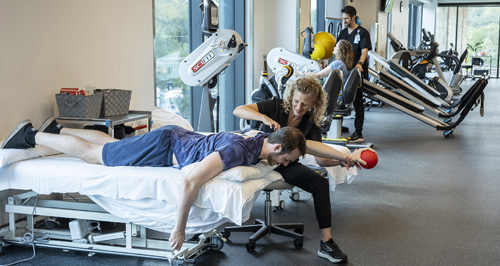 Sciatica is pain that radiates along the path of the sciatic nerve, which runs from the lower back through the hips, buttocks, and down each leg. It typically affects one side of the body and is often caused by a herniated disc, bone spur, or spinal stenosis compressing the nerve. Symptoms include sharp or burning pain, numbness, tingling, or muscle weakness in the leg or foot. Pain can range from mild to severe and may worsen with sitting, coughing, or sneezing. Risk factors include age, obesity, prolonged sitting, or physically demanding jobs. Treatment often involves physical therapy, pain relievers, or, in severe cases, surgery. About 80-90% of cases improve without surgery within weeks to months.
Sciatica is pain that radiates along the path of the sciatic nerve, which runs from the lower back through the hips, buttocks, and down each leg. It typically affects one side of the body and is often caused by a herniated disc, bone spur, or spinal stenosis compressing the nerve. Symptoms include sharp or burning pain, numbness, tingling, or muscle weakness in the leg or foot. Pain can range from mild to severe and may worsen with sitting, coughing, or sneezing. Risk factors include age, obesity, prolonged sitting, or physically demanding jobs. Treatment often involves physical therapy, pain relievers, or, in severe cases, surgery. About 80-90% of cases improve without surgery within weeks to months.
Causes
Sciatica is caused by compression or irritation of the sciatic nerve or its roots.
Common causes include: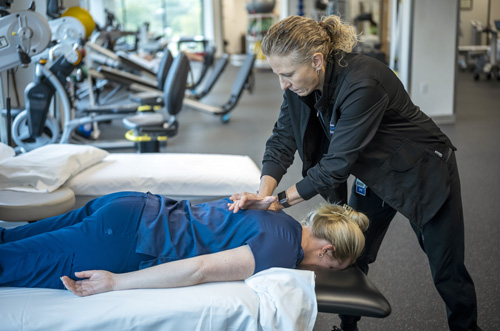
- Herniated or Bulging Disc: A disc in the spine slips out of place or ruptures, pressing on the nerve roots, which is the cause of 90% of sciatica cases.
- Spinal Stenosis: Narrowing of the spinal canal, often due to aging, compresses the nerve.
- Bone Spurs: Bony growths on the spine can pinch the nerve.
- Degenerative Disc Disease: Age-related breakdown of spinal discs can lead to nerve compression.
- Spondylolisthesis: A vertebra slips forward over another, pinching the nerve.
- Piriformis Syndrome: The piriformis muscle in the buttocks irritates or compresses the sciatic nerve (less common).
- Trauma or Injury: Accidents, falls, or direct trauma to the spine or pelvis can damage the nerve.
- Tumors or Cysts: Rare, but growths in the spine can compress the nerve.
- Pregnancy: Weight gain, hormonal changes, or the baby’s position can press on the nerve.
- Infections or Abscesses: Rare infections in the spine can affect the nerve.
- Obesity or Poor Posture: Excess weight or prolonged sitting can strain the spine, contributing to nerve irritation.
- Aging, sedentary lifestyle, or repetitive physical stress (e.g., heavy lifting) increase susceptibility.
Symptoms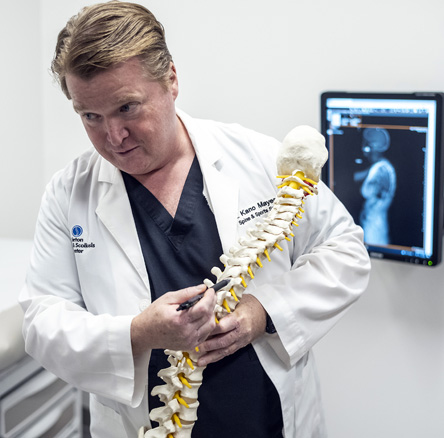
Sciatica symptoms usually affect one side of the body and follow the path of the sciatic nerve, from the lower back through the hips, buttocks, and down the leg.
Common symptoms include:
- Pain: Sharp, burning, or shooting pain that radiates from the lower back or buttock down the leg. It can range from mild to severe.
- Numbness or Tingling: A "pins-and-needles" sensation in the leg, foot, or toes.
- Muscle Weakness: Difficulty moving the leg, foot, or toes, sometimes causing foot drop (trouble lifting the front of the foot).
- Worsening with Movement: Pain that intensifies when sitting, standing for long periods, coughing, sneezing, or bending.
- Lower Back Pain: Often less severe than leg pain, but may be present.
- Electric Shock-Like Sensations: Sudden jolts of pain along the nerve path.
Symptoms can vary in intensity or be constant. In severe cases, loss of bladder or bowel control (cauda equina syndrome) may occur.
Seek urgent medical attention for:
- Severe pain not responding to treatment.
- Progressive weakness or numbness in the leg.
- Loss of bladder or bowel control (cauda equina syndrome, a medical emergency).
Treatment choice depends on symptom severity, cause, and patient health. A doctor may recommend imaging (MRI/CT) to confirm the cause before proceeding.
Treatments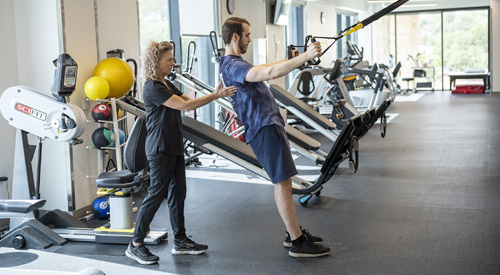
Treatment for sciatica focuses on relieving pain, reducing inflammation, and treating the underlying cause. Most cases improve without surgery.
Non-Surgical Treatments
- Physical Therapy: Exercises to improve posture, strengthen core muscles, and increase flexibility. Stretching and specific movements can reduce nerve compression.
- Medications: Over-the-counter pain relievers: Ibuprofen, naproxen, or acetaminophen to reduce pain and inflammation.
Prescription medications: Muscle relaxants, oral steroids, or neuropathic pain drugs (e.g., gabepentin) for severe cases.
- Ice and Heat Therapy: Applying ice packs initially (first 48-72 hours) to reduce inflammation, followed by heat to relax muscles and improve blood flow.
- Epidural Steroid Injections: Corticosteroids injected near the nerve root to reduce inflammation and provide temporary pain relief (effective for some, but benefits may last weeks to months).
- Chiropractic Care: Spinal manipulation or adjustments to improve alignment and reduce nerve pressure (effective for some patients).
- Acupuncture: May help relieve pain by stimulating specific points, though evidence is mixed.
- Lifestyle Modifications: Avoiding prolonged sitting or heavy lifting; Maintaining proper posture; Weight management to reduce spinal stress.
Surgical Treatments
Surgery is considered for severe cases, such as persistent pain, significant weakness, or cauda equina syndrome.
- Microdiscectomy: Removal of part of a herniated disc pressing on the nerve (common for disc-related sciatica).
- Laminectomy: Removal of part of the vertebra to relieve pressure in cases of spinal stenosis.
- Spinal Fusion: Stabilizing the spine by fusing vertebrae, used in cases of spondylolisthesis or severe degeneration.
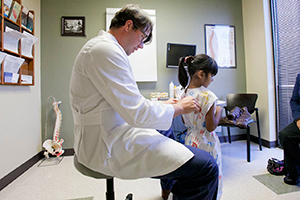
 Sciatica is pain that radiates along the path of the sciatic nerve, which runs from the lower back through the hips, buttocks, and down each leg. It typically affects one side of the body and is often caused by a herniated disc, bone spur, or spinal stenosis compressing the nerve. Symptoms include sharp or burning pain, numbness, tingling, or muscle weakness in the leg or foot. Pain can range from mild to severe and may worsen with sitting, coughing, or sneezing. Risk factors include age, obesity, prolonged sitting, or physically demanding jobs. Treatment often involves physical therapy, pain relievers, or, in severe cases, surgery. About 80-90% of cases improve without surgery within weeks to months.
Sciatica is pain that radiates along the path of the sciatic nerve, which runs from the lower back through the hips, buttocks, and down each leg. It typically affects one side of the body and is often caused by a herniated disc, bone spur, or spinal stenosis compressing the nerve. Symptoms include sharp or burning pain, numbness, tingling, or muscle weakness in the leg or foot. Pain can range from mild to severe and may worsen with sitting, coughing, or sneezing. Risk factors include age, obesity, prolonged sitting, or physically demanding jobs. Treatment often involves physical therapy, pain relievers, or, in severe cases, surgery. About 80-90% of cases improve without surgery within weeks to months.



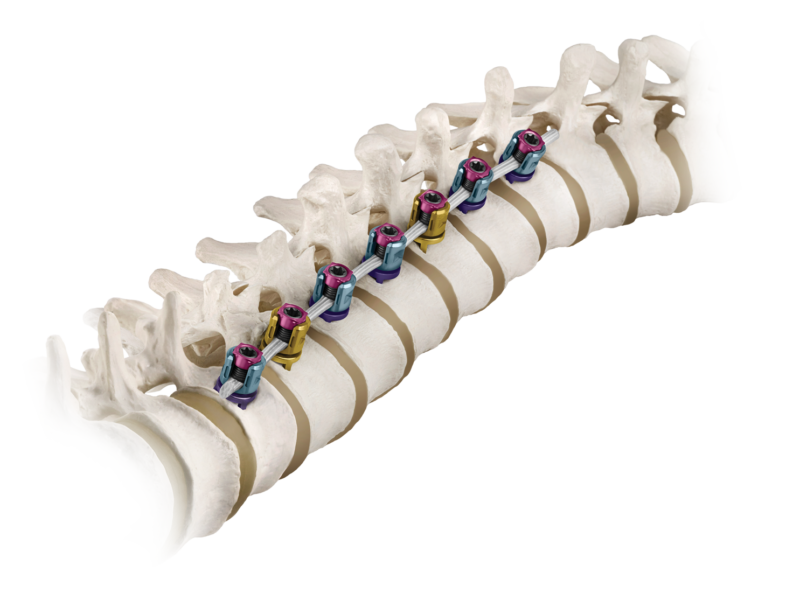 Texas Spine & Scoliosis approved for the new BRAIVE scoliosis tethering study
Texas Spine & Scoliosis approved for the new BRAIVE scoliosis tethering study